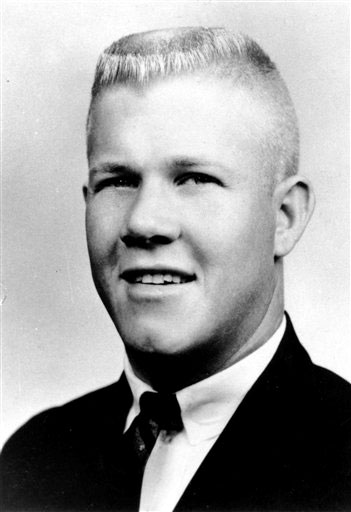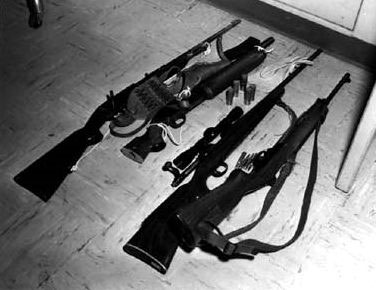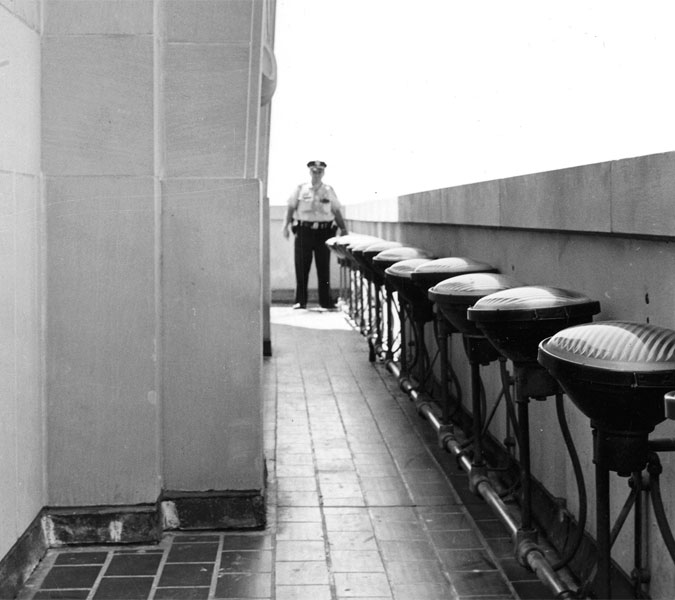The heavyset man holding a rifle seemed to know what he was doing.
Dressed like many detectives did in 1966 — with pocket liner in his shirt — he suggested to Officer Ramiro Martinez that they climb the stairs of the University of Texas Tower “service style.” With the chaos above them, there was no time for introductions.
For more than an hour, a sniper named Charles Whitman had been firing away from the tower’s observation deck. A pregnant woman, Claire Wilson, had been hit in the womb in UT’s South Mall. Some people, including a teenager on his bicycle, had been shot several blocks away. In the end, the sniper would kill 16 people that day, plus Wilson’s unborn baby. More than 30 others would be wounded.

But as Martinez and the man made their ascent to the top of the iconic tower to stop the madman, the stranger asked an unusual question: “Are we playing for keeps?”
“Well, you better deputize me,” the man said.
Then, it was clear. The man with Martinez wasn’t a plainclothes officer. He was a civilian — Allen Crum, one of many who armed themselves on Aug. 1, 1966, in an effort to stop the first mass shooting at an American university.

Regular people from all over Austin had grabbed their guns from their trucks or homes that day and rushed to campus to fire at Whitman from the ground. Their bullets pelted the tower, kicking up clouds of limestone. At times, witnesses said, the campus felt like a war zone, but with armed frat boys and hunting enthusiasts instead of soldiers.
It was in essence what gun rights activists would yearn for decades later whenever a new mass shooting shocked the nation — multiple “good guys with guns” trying to end the violence. That kind of thinking helped inspire state legislators to pass a law in 2015 allowing people to take guns into university buildings in Texas. The law goes into effect Aug. 1, exactly 50 years after Whitman’s rampage.
But the story of Crum, then a 40-year-old floor manager at a nearby bookstore, and the other vigilantes is complicated. On the day of the shooting, many of the armed men were reckless and unorganized. At times, they put police in danger.

“There were lots of people carrying guns, mostly young men, mainly rifles,” said Ann Major, who was a senior at the time. “There was a mood of insanity, of wildness, of craziness in the air, of pent-up frustration, of adrenaline — a wanting-to-fight-back feeling.”
There is also little doubt that they saved lives, and that police were happy for the help. No one did more than Crum, the only person off the street who reached the top of the tower with police. He was deputized by Martinez on the stairwell and later applauded by authorities for helping storm the observation deck with the officers who killed Whitman. But his daring actions also almost got him shot, and irrevocably changed his life. The violence he witnessed turned him into a different man. Years later, his son believes, its aftereffects likely drove Crum out of the state, never to return.


